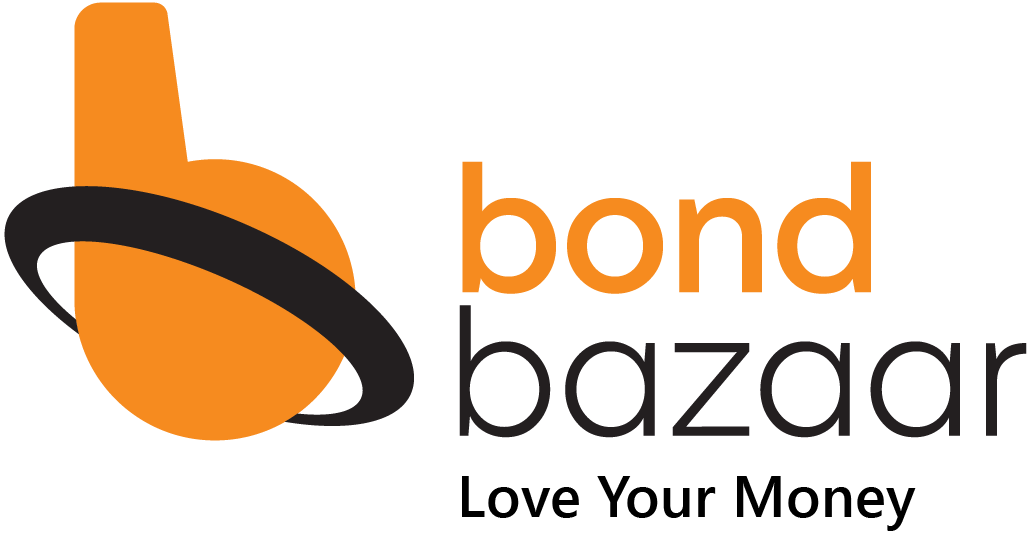How everything is connected
Consumer spending, quarterly results & regulatory framework’s impact on bonds.
Fixed-income market investors and corporate debt market participants keep scouting for clues regarding the prospects of companies to which they have lent money. They do this to watch for macroeconomic signals like a contraction in GDP growth or company-specific developments that can hit principal repayment or result in a rating downgrade.
A quick and easily accessible way to monitor the ongoing demand environment in the economy is by looking at the results, or earnings, of consumer companies that are listed on the stock exchanges.
Companies listed on the Stock Exchange, Mumbai (BSE) and the National Stock Exchange of India (NSE), the two major stock exchanges in India, are required by the Securities and Exchange Board of India (SEBI) to disclose their financial performance each quarter.
Bond investors can look at the earnings of consumer companies to understand macroeconomic conditions because consumer spending is a major driver of economic growth.
When consumers have higher disposable income and are spending more, it indicates that the economy is growing and the outlook is bright. Currently, disposable income levels are going down because rising interest rates have pushed up home loan repayments. Add to it the extra spending due to inflation in food and fuel prices.
By monitoring the earnings of consumer companies, bond markets can get a sense of whether these companies can pass on the rise in costs to consumers or whether will they have to absorb the increase in costs to ensure that sales do not suffer.
An absorption of costs by companies would mean that rising raw material prices will impact their cashflows. If the companies can pass on the higher costs, then it would mean that the companies have pricing power and will be no significant financial strain. Investors, though, must watch if the rise in selling prices has led to a fall in sales volumes.
Brakes on discretionary spend

The results of Indian consumer companies in Oct-Dec show that demand growth for essential items was steady, while it was down, compared with Jul-Sep, for jewelry, textiles, footwear and restaurants.
The growth in Oct-Dec sales for companies selling staple items was largely in-line with their historical average of about 12% year-on-year growth. But those selling discretionary products and services saw their sales go down.
This situation is not unique to India.
An international survey by international professional services firm PricewaterhouseCoopers showed that 69% of surveyed consumers are holding back on non-essential spending due to a rise in the cost of living rises, while 90% have already started cutting costs.
The 2023 PwC Global Consumer Insights Pulse Survey showed that 50% of consumers are "extremely" or "very concerned" about their personal financial situation.
India decoupled
While discretionary spending might have slowed down in India, it is better than elsewhere in the world.
The Reserve Bank of India's Consumer Confidence Survey has a different take on local demand.
The latest Consumer Sentiment Survey by the RBI showed that consumers were slightly reluctant about current expenses but were optimistic about spending on essential and non-essential items in the future.

What's providing the tailwind?
Almost all companies manufacturing staple items have told investors, post earnings, that they see early signs of a revival in rural demand. The companies also expect the sequential quarter-on-quarter easing in inflation to ease the pressure on consumer wallets.
Some companies also expect operating margins to rise as raw material prices cool off. This will be further aided by a fall in the level of high-cost raw material inventory.
Also, a cooling in raw material prices means that companies will not have to raise prices, thereby aiding demand.
This all-around optimism appears to be corroborated by the RBI survey conducted in January, which showed the rising optimism of Indian consumers about general economic conditions and household income.
What does it mean for bond investors?
Good quality companies that have issued bonds with investment-grade ratings may not face a risk of a rating downgrade.
If the RBI continues to raise rates, investors could, under advice, pick good-quality bonds with higher yields or buy new issuances in the primary market.
Liked what you read? Share this article with your followers.
Sign up and follow us on and to get the best stories on Investments, Strategies, Tools, Ideas & Insights to help you Grow and Conserve your wealth.

